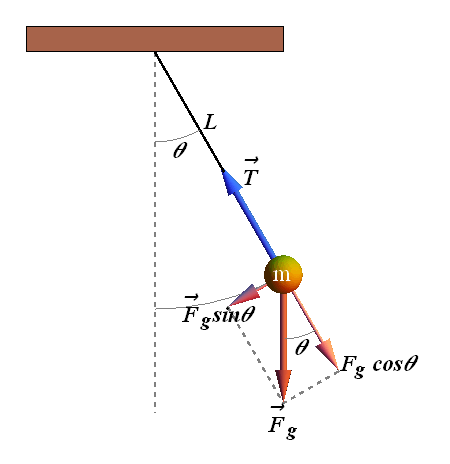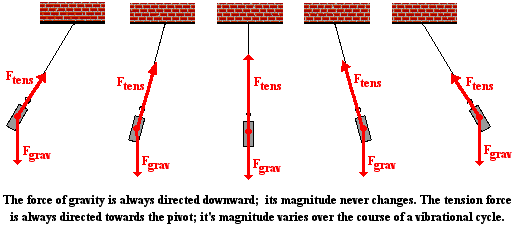PVDaddy wrote:When Lavillenie lifts his drive knee into take-off, his knee is pointed down more than Bubka's and his drive knee heel is raised to the horizontal and comes very close to striking him (If it does not?)in the buttocks. His COG is further lowered as he lower's his drive knee foot.
Both of His feet are pretty close together by the time he reaches the sweetest spot of the swing, the active-I (both of his heals are pointing at the pit). Lavellenie pulls hard (Or leans very hard, depending on how you want to put it?) on his top hand, from the active-I, and maintains that pull and lean,while at the same time rolls the pelvis and knees up very quickly, through the very active bending of his spine,into a ball, with both knee tucked as tight as possible to his side. In other words, he pulls himself into a ball.
He is leaning on his top hand as hard as possible and the pole reaches maximum bend and accelerates and has now reached maximum rotational velocity. Lavellenie just takes the very fast rotating pole for a top hand leaned ride, and allows, and I believe even assist with his arms a very fast rotation of the pole to his feet.
His take off Knee is tucked very tightly and rolled all the way to his chest, between both his arms. into a very tightly packed all. This allow for a very active and powerful extension with both legs that add energy to is swing I call a tap at the top of his swing.
I believe both of those bolded points, are the answer to the riddle.
When he rolls up into the ball it moves his CoM back toward being underneath his top hand. And so he's once again moved the CoM to be more in line with gravity and the top hand and in doing so moved the CoM back. And for every action there is an equal and opposite reaction. IF he moves the CoM back by force on the pole, you have an effect, a force on the pole.
One of the things about the straight leg approach, at least as far as I can guess as no one apparently wants to explain it here, is that they believe there is a "see saw" type of force acting on the pole in decompression. In thought this is not completely wrong nor right, there are merits and flaws as I see it. If you are swinging the legs out and up one would think there would be a counter force on the pole, as for every action again a reaction. RL is doing an action/reaction activity on the pole as well. But since we don't know exactly what these forces are in magnitude, we can't quite compare them. Here we're back at a very complicated discrete type of analysis that isn't being done. So you have guessing and conjecture as theory. But I can say is that long swing lever out away from the pole in time is being countered by gravity slowing the swing, which is where much of the force and effort goes. This is counter to what RL does in that he keeps making adjustments to keep the CoM under the top hand as much as possible to keep gravity acting on the pole and not the swing as much as possible. Again, the farther a pendulum swings "up" and the further its mass moves away from the perpendicular, the less the mass acts on the pivot point by means of gravity. While you can and do get some things like a centripetal acceleration on the pole by the top hand through the swing and an action reaction counter force on the pole by swing activity, I've seen no science, physics, or mathematical proof exhibiting the magnitude of those ideas set against mine. Which is again to say, the PB or then straight legged swing form in some small ways seems like a good idea, but as far as I know, there's been no complete physical analysis done and no comparison proof. I take this since I seem to be the only one anyone has run into that thought to ask these questions.
And again, remember RL is being active as well and applying force on the pole too. It's different and new and a paradigm shift. He keeps using the action/reaction relation to keep moving the CoM back and apply force to the pole as well as working to maximize the gravity relation.
At some point maybe PVStudent will take a look at the CoM relation at about the time Bubka or RL are in the swing where their backs are more or less parallel to the runway. Or, maybe I'll get around to it.
Or lets try this...

The swing angle is shown at the top as Theta. Fg is the Force of gravity. As the swing angle increases, as theta increases, you have a relationship of the force of gravity on decelerating the swing, which is shown as FgSinTheta, and then gravity working on the pole through the vaulter to the top hand, which is FgCosTheta. As the pendulum or vaulter swings forward, FgSinTheta grows (again this is the decelerating force of gravity on the CoM during the swing progression) and FgCosTheta (the gravity force on the pole) shrinks. When Theta reaches 90 degrees the force of FgSinTheta = The force of gravity, which is now only slowing the swing and not acting on the pole, and FgCosTheta = Zero, which is the force available to act on the pole. And so now gravity is completely acting to slow the swing and not on pole compression.
That the force of gravity, Fg, is broken into constituent parts FgSinTheta and FgCosTheta is called vector analysis. That we can find these values at any particular time for a pendulum of this nature is for anyone versed in physics and math not too terribly difficult. To find them for the PV where the vaulter is constantly changing as one pendulum and then the other part is the pole that is both an inverted pendulum AND is a spring that shortens during compression makes the problem far more difficult. Really really difficult. It creates a complex curve for the CoM to follow and analyze and to do this discretely, at each step in time, which is what calculus does, makes it that much harder. You guys, most of you, have no idea how hard this is. I keep trying to show it and make it as simple as possible just to sort of get started. And yet its met with open ignorance by some and ignorant resistance by others...
Here's another illustration.

Here F(tens) is the force on the pole, and one can see its greatest at the perpendicular to the ground and grows smaller as the swing progresses. I hope maybe, maybe, this illustrates why it is good to keep trying to keep the CoM back and under the top hand by whatever means including lengthening the lever so it rotates slower, pushing the angle with the left hand, and even the movement where RL quickly balls up under the top hand and avoids being out away from the pole.
Will

 Good sense of humor is a great trait to have! Thank you for all the great thoughts and keep your minds open. Carry on fellows.
Good sense of humor is a great trait to have! Thank you for all the great thoughts and keep your minds open. Carry on fellows. 





